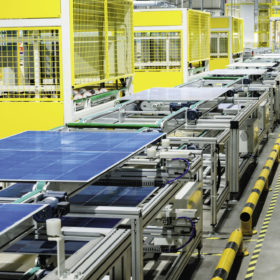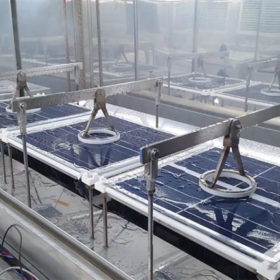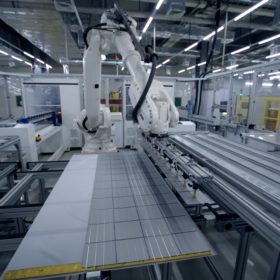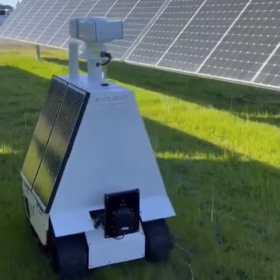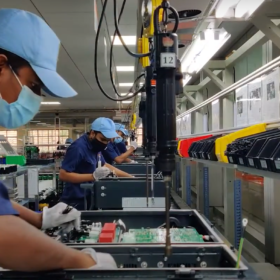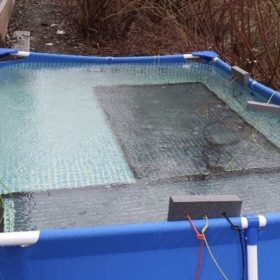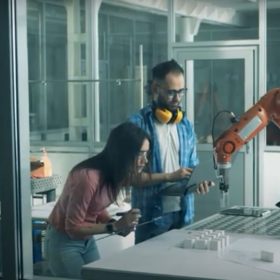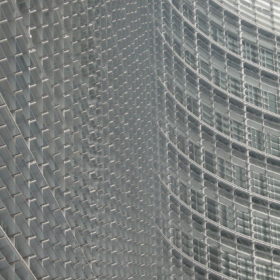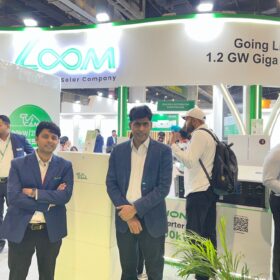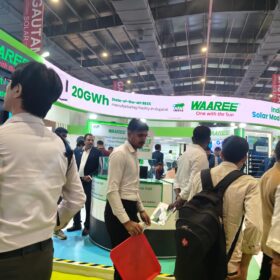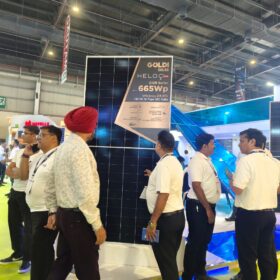The long read: The right time for TOPCon
The potential advantages of n-type technologies have long been known to solar manufacturers, and such applications have been the focus of much of their research and development activities. Recent developments see 2022 shaping up as the year when n-type goes into mass production, led by tunnel oxide passivated contact (TOPCon) cells. pv magazine takes a closer at this cell technology and its route to the mainstream.
US consortium aiming for 50-year PV
The US Department of Energy’s durable materials consortium is a multi-laboratory unit that stress-tests solar modules for durability. It aims to extend the useful life of PV.
Reliance to acquire cobalt-free battery specialist Lithium Werks
The Indian multinational business conglomerate has signed the agreement to buy Netherlands-headquartered lithium iron phosphate (LFP) battery specialist Lithium Werks for US$ 61 million, including funding for future growth.
India’s solar modules production capacity could reach 36GW by 2023 end
The solar cells production capacity is also expected to jump to 18GW in two years from just 4GW currently.
Fully autonomous robot for solar O&M
OnSight Technology has developed a tele-operated vehicle to clean solar arrays. It is equipped with a radiometric thermal imaging camera and an optical zoom camera backed by artificial intelligence. It has a range of 12 hours and a speed of 1.6 km per hour.
The long read: Indian solar manufacturing sector is set for a boom
The Indian solar manufacturing sector is set for a boom in the coming years, due to the country’s enormous appetite for solar and policy support in the form of import duties and local production incentives. On the technology side, a few players are already looking at n-type TOPCon cells, but their embrace by the majority has been slow to materialize, due to the high investment costs that are required. This ensures that the build-out of new PERC capacity will continue over the short term.
Sungrow ramps up Indian solar inverter factory to 10GW/annum
The Chinese solar inverter manufacturer, which established its factory in India in 2018, has expanded the India fab capacity to 10GW/annum to serve different customer segments, including residential, commercial & industrial, and utility-scale—both locally and globally.
Submersing modular raft for floating photovoltaics
Developed by a Dutch consortium, the Hide and Shine Floating Solar (HAS FPV) technology is claimed to be extremely resistant to storms and harsh weather conditions. The modules can be submerged totally or partially and, in case of a severe storm, they can be submerged up to two meters below the surface.
Exide Industries and China’s SVOLT Energy partner for lithium-ion cell manufacturing in India
The lead-acid battery major will use SVOLT’s technology to manufacture lithium-ion cells in India. It will produce cells across two popular chemistries and three formats out of its proposed multi-gigawatt fab.
The EU plan to drastically ramp renewables to replace Russian gas
The European Commission yesterday announced its intent to remove demand for two-thirds of its Russian gas supply in less than nine months and hugely accelerating the rate of solar deployment is a central part of its radically raised clean energy ambition.
